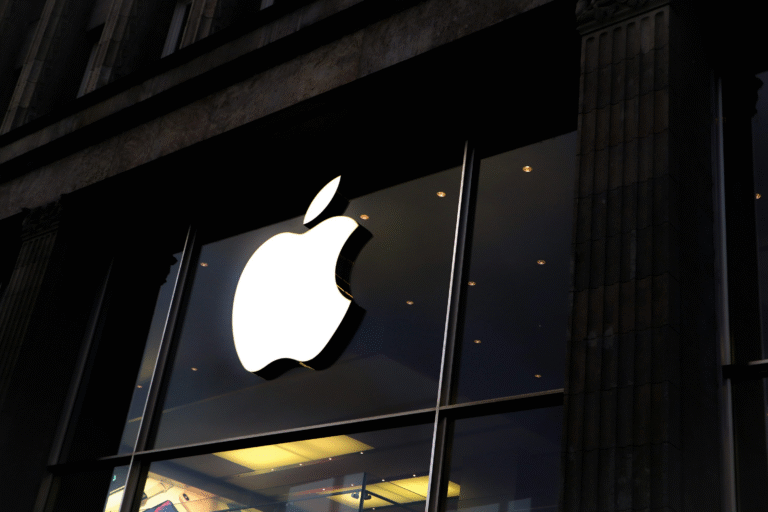Since the launch of the first iPhone in 2007, Apple’s flagship product has come to dominate the smartphone market, setting new standards for design, functionality, and innovation. Over the years, each new model has been heralded as a significant improvement over its predecessor, boasting better hardware, more advanced software, and new features that promise to make our digital lives more convenient, enjoyable, and secure. However, as the iPhone continues to evolve, many users and tech enthusiasts are left wondering: are iPhones truly improving with time, or are they simply iterations of a product that has already reached its peak?
Hardware Advancements: More Than Just Incremental Upgrades?
One of the most noticeable areas of improvement in iPhones is the hardware. From faster processors to enhanced camera systems, Apple has consistently pushed the boundaries of what smartphones are capable of. For instance, the introduction of the A-series chips, which power the iPhone, has led to significant performance gains. The A17 Pro chip, which debuted with the iPhone 15 Pro, delivers a leap in processing power, allowing users to run more demanding applications, games, and multitasking with ease.
Camera technology, too, has seen vast improvements. Apple’s recent iPhones feature advanced photography capabilities, including night mode, portrait mode, and ProRAW, which allow for stunning photos even in challenging conditions. The inclusion of larger sensors, multiple lenses, and AI-powered image processing has positioned iPhones among the top smartphone cameras available today. This advancement has transformed the way people capture and share moments, making iPhones powerful tools for both amateur and professional photographers.
Another significant hardware improvement is battery life. While the iPhone’s battery life has long been a point of contention among users, Apple has made strides in improving the efficiency of its devices. Recent models boast larger batteries, coupled with more energy-efficient components, allowing users to go longer between charges. Moreover, fast charging and MagSafe wireless charging have added convenience, making it easier to keep devices powered throughout the day.
Despite these advancements, some critics argue that these improvements are incremental and fail to revolutionize the user experience. For example, the design of the iPhone has remained relatively unchanged for years, leading some to claim that Apple is playing it safe rather than innovating with bold, new concepts. Furthermore, competitors such as Samsung and Google have introduced foldable screens and unique form factors, challenging the notion that iPhones are the pinnacle of smartphone design.
Software Evolution: iOS Continues to Lead, But Is It Enough?
One area where Apple has consistently excelled is in its software ecosystem. iOS, the operating system that powers the iPhone, is widely regarded as one of the most polished and secure mobile platforms available. With each new iteration, Apple introduces features that enhance user experience, improve privacy, and integrate more seamlessly with its ecosystem of devices and services.
iOS has evolved significantly over time. Features such as Siri, Face ID, and Apple Pay have made iPhones more intuitive and secure. iOS 17, for instance, introduced innovations like enhanced Messages features, StandBy mode for personalized clock and widget displays, and improved contact management. Furthermore, Apple’s commitment to privacy, with features like App Tracking Transparency and Mail Privacy Protection, has made iPhones a favorite among users who prioritize security.
However, there are concerns that the software improvements are becoming less groundbreaking with each new version of iOS. Some argue that the changes are primarily cosmetic or add features that Android users have had for years. For example, widgets and customizable home screens, which were introduced in iOS 14, had long been a staple of the Android ecosystem. While Apple may perfect these features, the lack of original, game-changing innovations in recent updates has led some users to question whether iOS is truly improving or simply catching up to the competition.
Are iPhones Becoming Too Expensive?
Another factor to consider is the price of the iPhone. With each new release, the price of iPhones has steadily increased, especially for the Pro and Pro Max models. While Apple argues that these devices offer cutting-edge technology and justify the price tag, many consumers feel that the improvements in recent models do not warrant the higher cost. This sentiment is particularly strong among users who do not need the most advanced features, such as professional-grade cameras or the latest processors, and are content with older models.
The introduction of the iPhone SE line in 2016 was a nod to this growing market, offering a more affordable option without sacrificing too much in terms of performance. However, as flagship iPhone models inch closer to or surpass $1,000, the question remains: is the cost of an iPhone justified by its improvements?
For many, the answer is becoming less clear, especially as mid-range smartphones from competitors offer many of the same features at a fraction of the price. For users who simply want a reliable phone with a good camera, smooth performance, and decent battery life, the premium cost of the latest iPhone might seem unnecessary.
Longevity and Software Support: A Key Strength of iPhones
One undeniable area where iPhones have shown consistent improvement is longevity. Apple has built a reputation for supporting its devices with software updates for years, far longer than most Android manufacturers. iPhones typically receive iOS updates for five to six years after their release, ensuring that even older models remain secure and functional with the latest features.
This long-term support makes iPhones a solid investment for users who prefer not to upgrade their phones every year. With a robust trade-in program and resale value, users can recoup some of their initial investment, making it more affordable to stay within the Apple ecosystem.
Environmental Considerations: Is Apple Leading the Way?
Apple has also made significant strides in reducing the environmental impact of its products. The company has committed to using recycled materials in its devices, and recent iPhones are manufactured with aluminum and rare earth elements that have been reclaimed through its recycling program. Apple also focuses on reducing carbon emissions through more energy-efficient production processes and aims to become carbon-neutral by 2030.
While these efforts are commendable, the question remains whether iPhones are truly becoming more environmentally friendly or if Apple is simply offsetting the environmental impact of manufacturing new devices. Encouraging users to hold onto their iPhones for longer periods, combined with the longevity of software support, is a crucial factor in reducing electronic waste.
Conclusion: Are iPhones Truly Improving?
In many ways, iPhones have undoubtedly improved over time. Hardware advancements, software evolution, and environmental considerations all point to a device that is more powerful, secure, and environmentally friendly than its predecessors. However, the question of whether these improvements are revolutionary or merely incremental is up for debate.
For tech enthusiasts who crave cutting-edge features, the improvements in each new iPhone may feel more like refinements than groundbreaking changes. On the other hand, for users who value stability, long-term software support, and integration with Apple’s ecosystem, iPhones continue to offer an unparalleled experience.
Ultimately, whether iPhones are truly improving depends on individual user needs and expectations. While they may not be reinventing the smartphone with each release, Apple’s commitment to incremental improvement ensures that the iPhone remains one of the best and most reliable smartphones on the market.








